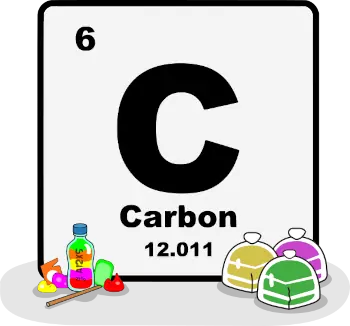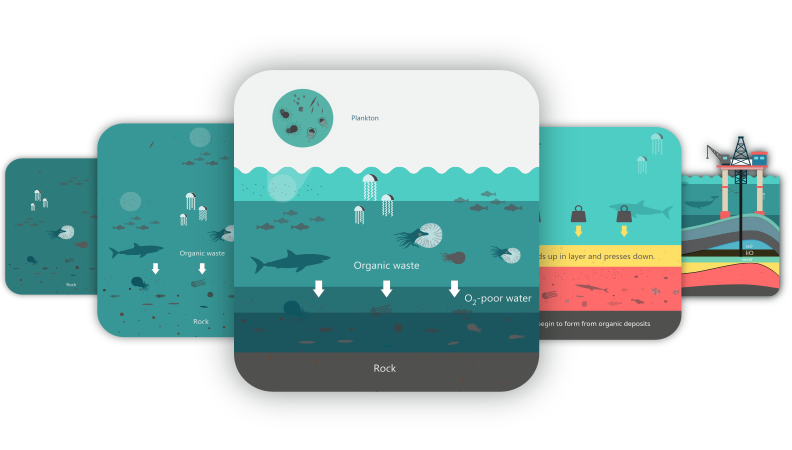The Brickable Designator Icon can be placed on single-use plastics to designate its next life as an ecobrick. Our free Kit contains everything you need to guide your packaging and products into a spiral and green life-cycle
Transitioning from plastic is not easy. Try as we might, in our day and age, regulations and markets demand the use of plastic for just about everything. However, plastic in-itself is not the problem. Rather, it is our poor design and planning. In particular: the failure to designate a next-life for our plastic creations that avoids the perils of promoting yet more plastic consumption and yet more industrial plastic processing.
Designing a product as spiral is the first and essential step in an enterprise’s plastic transition. Phasing it out entirely is the second. Ecobrickable Designation enables companies to start their plastic transition today.
Earthen Design Philosophy
The context and call for spiral design.
For many companies making the transition to regenerative products is daunting. It appears to require large investments in manufacturing, materials, systems and certifications. Furthermore it may seem that alternative organic materials do not yet meet health and safety standards and are not yet cost effective.
As a transition-step, plastic products and packaging can be made brickable!
Designing a product as ecobrickable— and clearly designating it as so— is a first step into earthen spiral design. By designating a product or package as ecobrickable we can keep plastic out of industrial recycling and incineration that cause more problems than they create. Encouraging the use of plastic to make it an ecobrick shows the way to the plastic's next life and purpose as a reusable building block.
Ecobricks and their applications are themselves fully spiral and based on regenerative principles, enabling the plastic's indefinite and localized reuse towards long-term sequestration. Both the Brickable Designator Icon and ecobricking are based on following the Earth's example of carbon care and the ethics of ecologial contribution.
🟢 Learn more about Spiral Design
🟢 Learn more about Plastic Sequestration
🟢 Learn more about the Earthen Ethic of Spiralling Cycles
🟢 Learn more about the Earthen Ethic of Concentration
Brickable Icon Useage Criteria
The material criteria for products to use the designator icon.
The GEA has established simple criteria to meet when designing your product or packaging. It is obligatory that your product meet these stipulation in order to use Ecobrickable Designator Symbol your product or packaging must…
...not contain substances that will corrode PET plastic over time.
...not contain any primary or secondary biodegradable material.
... be easily disassembled, broken or cut into parts that can fit within the 22mm diameter neck of a standard PET bottle.
...maximize the ease of disassembly for this purpose.
...not have sharp protrusions that could puncture an ecobrick from within while it is being packed down.
...not contain reactive chemicals, or if so, these components are clearly marked as un-brickable.
See How Its Used
Companies and corporations around the world use the designator icon for their non-recyclable packaging.
Creative Commons License
Conditions for graphic use
The Ecobrickable Designator & Stickers are licensed under a Creative Commons Attribution-NoDerivatives 4.0 International License. This is to ensure the standardized and resonant usage of the designators by committed and resonant companies and individuals. See copyright notice and terms below.

Creative Commons Attribution-NoDerivatives 4.0 International License.
Get Started!
Download the Brickable Designator Kit today to use on your legacy plastic products and packaging. The ZIP package includes:
- Icon & Sticker Design Elements (Vector / PDF)
- Recommended colors (Vector / PDF)
- Example of A3 sticker printing (JPEG)
- High, medium and low resolution icons (PNG)
- Terms and Conditions of use (TXT)
- Creative Commons Attribution-NoDerivatives 4.0 International License (TXT/PNG)
ZIP file | 3.2MB

Une Alliance Mondiale
Le Global Ecobrick Alliance (GEA) se consacre à l'accélération de la transition plastique en soutenons les fondements techniques et intellectuels du mouvementd'écobriquage.
ℹ️ À propos de nousConception spirale
Les applications Ecobrick suivent les principes de la conception Earthen pour intégrer le plastique dans des cycles de réutilisation plus en plus enrichissants.
En savoir plus
Le principe spirale Terrestre

Plastic is Carbon
Plastic is largely made from ancient carbon biomass that was sequestered for millions of years under the earth. By molar mass PP, LDPE, HDPE and PE plastic are 85.6% carbon. PET is 62.5% carbon and Polysterene is 92.3%.
🔢 Calculations
Hover to learn more.
Ver Le Concentration
Les applications Ecobrick suivent les principes de la conception Earthen pour intégrer le plastique dans des cycles spirale vers la concentration.
En savoir plus








